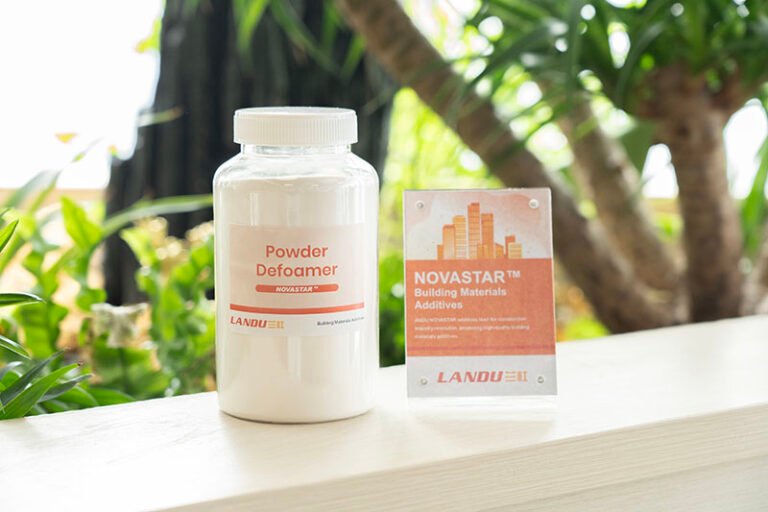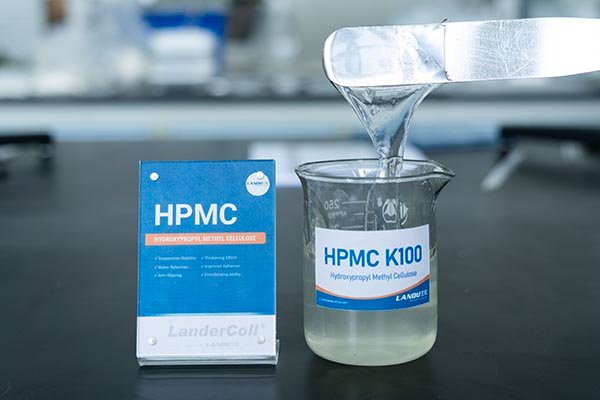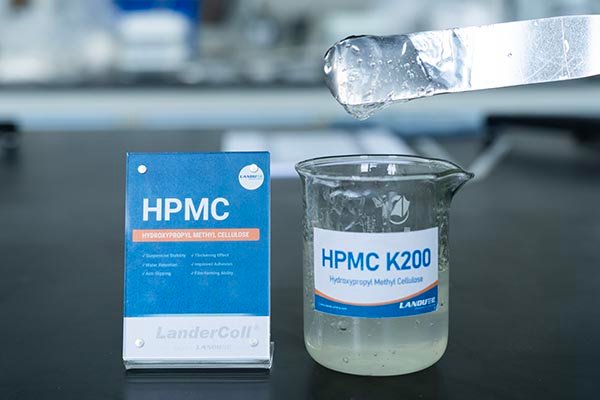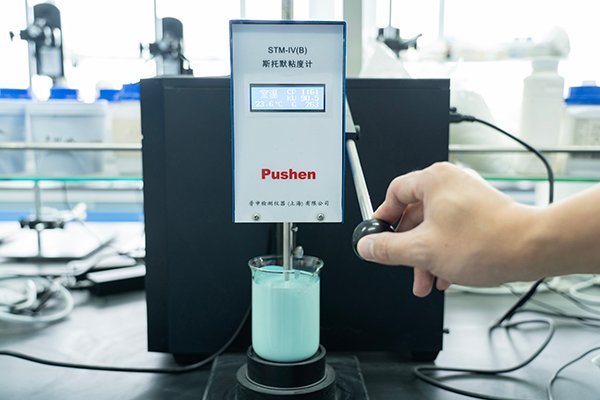
Executive Summary
This in-depth manual delves into the primary roles of LANDU Landercoll Hydroxypropyl Methyl Cellulose (HPMC)—moisture preservation, densifying, slip prevention, and smoothing—transforming them into a hands-on, usage-oriented tool for building experts. Readers will discover the mechanisms behind each role at a chemical and blend level, the advantages they offer in binder- and plaster-based setups, strategies for picking variants and quantities, methods for evaluating outcomes, and solutions for typical challenges. The exploration also addresses optimal preparation techniques, weather factors, integration with additional enhancers, and personalization choices to optimize performance for particular projects and weather patterns.
Introduction: The Significance of HPMC
HPMC serves as a neutral cellulose derivative that consistently enhances the usability and efficacy of plasters, coatings, bonding pastes, fillers, and sealants. Its unique strength lies in how a minimal inclusion alters the initial properties of inorganic mixtures: it secures moisture in optimal locations, refines movement and texture, steadies components, curbs flaws during use, and facilitates a regulated hardening process that boosts aesthetics and bonding. LANDU Landercoll HPMC is designed to ensure these benefits are reliable and straightforward to replicate in field and manufacturing settings, featuring choices that align with both premixed powders and fluid methods.
Two Categories Overview: Untreated vs Treated Surfaces
Although both categories provide the four main roles, their activation speed and density progression—along with blending routines and component sequencing—vary. Deciding on the appropriate type depends equally on your workflow and ultimate efficacy goals.
Function 1: Moisture Preservation
Definition
Moisture preservation describes the capability of new plaster to maintain liquid evenly throughout its structure, rather than allowing early escape via vaporization or draw into porous foundations. Proper moisture preservation supports binder and plaster reactions, averts premature crusting, and safeguards the handling period needed for positioning and refining.
Importance
Delivery Mechanism of HPMC
HPMC creates a mild, reversible network in the void fluids of the fresh blend and clings to granule exteriors, essentially locking unbound liquid in pores. As a neutral compound, it functions over an extensive acidity spectrum common in binder setups. Consequently, the structure remains hydrated extended periods without leaching or layering.
Evaluation and Confirmation
Variant Choice and Quantity
Frequent Issues and Resolutions
Function 2: Densifying
Definition
Densifying involves the managed elevation of density and substance in the new blend. An ideal density curve renders plasters velvety, unified, and reliable during spreading and while pumping or placing.
Importance
Delivery Mechanism of HPMC
HPMC activates to build an ongoing web in the fluid medium. This web confers force-responsive thinning: the blend opposes movement when still (for reliability) yet flows under pressure (for simple distribution). Post-pressure, density rebounds, maintaining form and averting settling.
Evaluation and Confirmation
Variant Choice and Quantity
Frequent Issues and Resolutions
Function 3: Slip Prevention (Settling Resistance)
Definition
Slip prevention denotes the ability of bonding pastes and upright coatings to sustain placement under weight without shifting or drooping. It connects to resistance threshold, recovery after force, and peak reliability.
Importance
Delivery Mechanism of HPMC
HPMC heightens the flexible aspect of the new blend and boosts recovery post-spreading force release. The framework emerging at rest counters motion from weight. In pastes, HPMC aids initial moist hold and unified coatings at contacts, bolstering early grip.
Evaluation and Confirmation
Variant Choice and Quantity
Frequent Issues and Resolutions


Function 4: Smoothing and Usability
Definition
Smoothing entails lowering inner resistance during blending, transferring, and spreading. It results in fluid tool motion through the substance and even coverage over the base.
Importance
Delivery Mechanism of HPMC
HPMC forms slender, pliable coatings on granule exteriors and contacts, functioning as an edge smoother. The force-thinning curve additionally cuts resistance during tool action, then rebounds to preserve shape when idle. Being neutral, it operates steadily across diverse salt concentrations typical in binder systems.
Evaluation and Confirmation
Variant Choice and Quantity
Frequent Issues and Resolutions
Integration with Additional Enhancers and Binders
HPMC integrates effectively with numerous standard enhancers. Overseeing synergies aids in maximizing efficacy from every element.
Preparation and Blending Optimal Methods
Premixed Plasters
Fluid Systems (If Relevant)
Weather and Field Factors
Reliability Oversight and Verification
A methodical evaluation scheme accelerates refinement and sustains manufacturing accuracy.
Problem-Solving Manual (Rapid Guide)
Picking the Apt Variant for Each Task
Anchor variant selection on the key role, then polish for weather and workflow.
From Bench to Factory: Expansion Factors
Eco-Friendliness and Productivity
Strong moisture security curbs revisions, lessens returns from early dehydration flaws, and aids correct hardening—each bearing ecological and financial worth. Since HPMC works at small quantities, it frequently permits streamlined recipes that yield equivalent or superior outcomes with reduced total enhancers. Practically, calibrating the right variant and quantity can decrease field discards, accelerate usage, and prolong the lifespan of the built setup.
Personalization: Adapting HPMC to Your Needs
LANDU provides tailored, altered HPMC when a regular variant falls short for challenging mixes of weather, base, and workflow limits. Adaptation tools encompass:
For custom planning, provide your goal measures (handling span, shift, distribution, volume, hardening duration, detachment resilience), your blending tools, and anticipated seasonal settings. A concise experiment design (DoE) with a few trial variants usually pinpoints a sturdy answer.
FAQs


Moisture preservation, densifying, slip prevention, and smoothing form the essential foundations that illustrate how LANDU Landercoll HPMC advances the efficacy of contemporary plasters and coatings. Every role tackles a vital challenge: securing moisture for reactions; molding flow for reliability and oversight; countering weight on uprights; and lowering resistance so tools slide and transfers operate fluidly. Opting for the proper category (untreated for premixes, treated for fluids), matching the suitable density variant to your weather and workflow, and adhering to rigorous blending and oversight methods will convert these natural strengths into concrete, consistent outcomes in the field and manufacturing. When the usage extends past usual settings, LANDU’s tailored altered HPMC can be calibrated to your precise needs, offering a dependable route to uniform quality, reduced flaws, and swifter, neater operations from bench to location.
If desired, provide your existing recipe and efficacy goals (handling span, shift, distribution, volume, hardening duration), and I can recommend a few entry variants and a basic evaluation scheme customized to your setting.